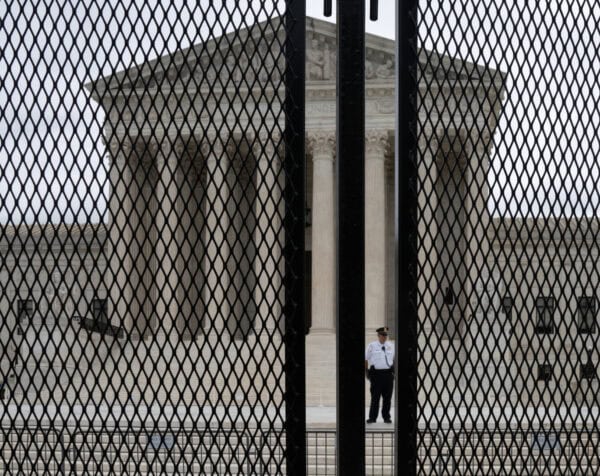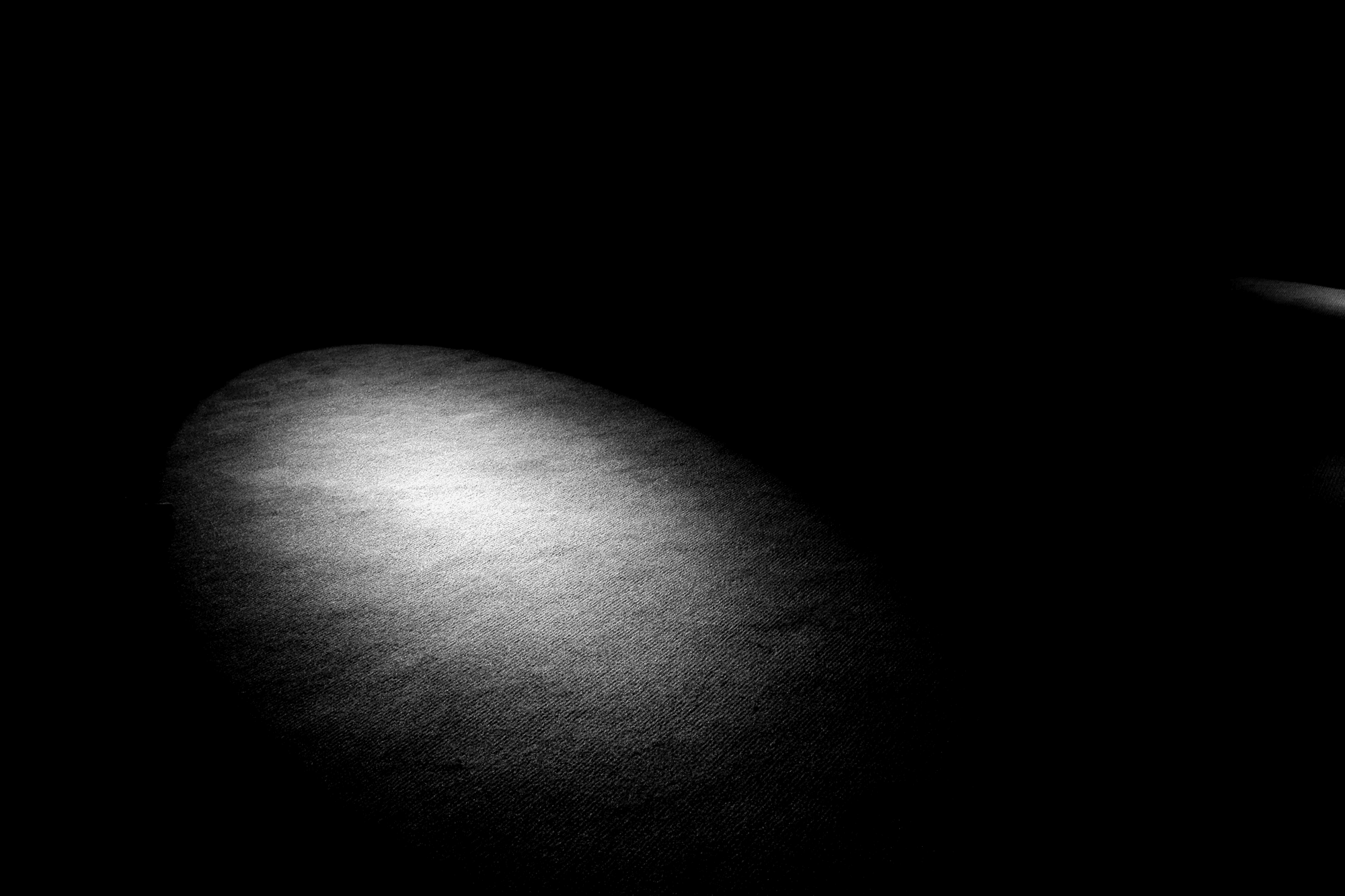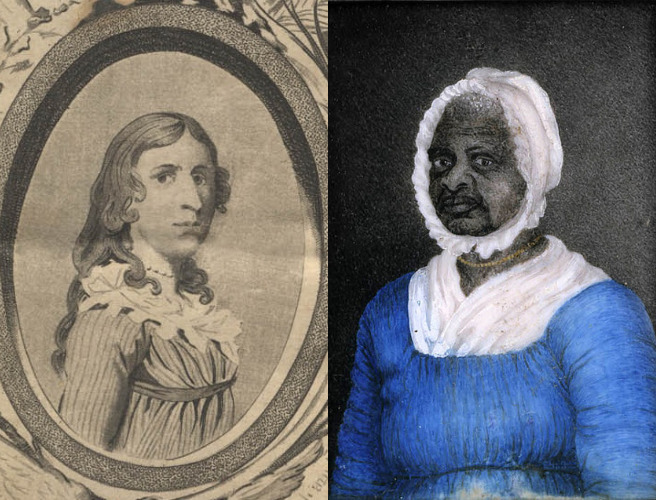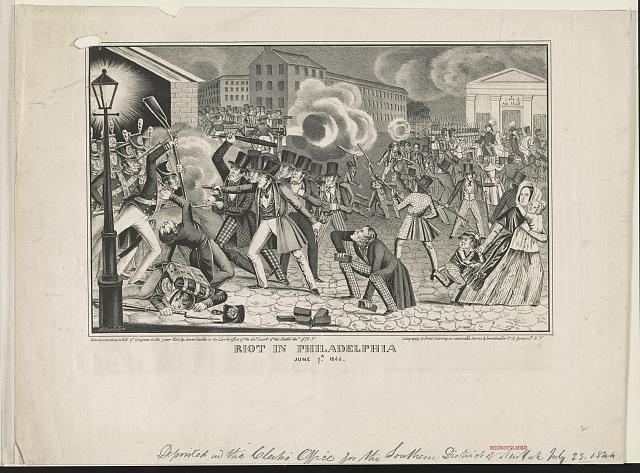Not long after the Dobbs v. Jackson Women’s Health Organization decision was handed down on June 24, my son Justin called and asked me, “How does it feel to have your life’s work trashed?”

The US Supreme Court has had protective fencing up since the Dobbs decision was leaked in May. Victoria Pickering/Flickr/CC BY-NC-ND 2.0
At first—for a moment—I thought, “no, no, no.” My life’s work has not been the history of abortion, or even of reproductive rights, broadly understood. It has ranged widely from the history of the early republic to legal history and women’s history in the United States from the colonial era to the present. In the anthology of US women’s history that I have co-edited for decades, only a small handful of essays and documents are focused on abortion.
But then I realized he was right. My life’s work has indeed been trashed.
Suddenly that view of our history has turned hopelessly romantic.
All I have written and taught in more than 50 years as a historian has rested on bedrock assumptions: that the constitutional grounding under social change has been stable; that with a handful of exceptions—Dred Scott, Plessy, Lochner, the moment when FDR threatened to pack the Supreme Court—constitutional interpretation has expanded with modern change. I required students in my classes to memorize the first section of the 14th Amendment, including the provision that no state shall “deprive any person of life, liberty, or property, without due process of law; nor deny to any person within its jurisdiction the equal protection of the laws.” (Note that it does not read “citizen,” but “person.”) I emphasized that long after they had forgotten the specifics of the class, they will still be able to lean on this guarantee of equal protection to all persons, and I sent them out to be good citizens in the civic world of which they are a part.
But suddenly that view of our history has turned hopelessly romantic.
Where is equal protection for women with ectopic pregnancies or carrying embryos with fetal deformities that predict pain, stillbirth, shortened lives? Where is equal protection in a medical world in which cisgender men may claim care for any infirmity they face but girls are left to face pregnancies in which the chances of death are 14 times greater than a simple early abortion? Where is equal protection for the pregnant victims of rape and incest? For the mentally vulnerable? For a couple whose birth control fails or simply got carried away in a moment of passion, just as their parents and grandparents had probably done a time or two? In this moment, I wonder why physicians of other specialties aren’t publicly standing by the side of their OB-GYN colleagues. Such physicians’ informed judgments about patient health were central to abortion reform statutes 50 years ago.
And how did I miss the dystopia lurking underneath the progressive narrative on which I have relied as I shaped my courses, including the US history survey and specialized courses in varieties of US women’s and legal history? In 1971, in the first case in which the Supreme Court ruled that privileging men could be a denial of equal protection of the laws, an Idaho statute that prioritized fathers over mothers as executors of their children’s estates was struck down. Will it be restored? If women no longer have equal access to health care, must their names be placed in jury pools on the same terms as men’s names are, a principle that did not become final until 1994? As I write, the idea is being bruited about that women may not have the same freedom to cross state lines as men have, under the assumption that they may be seeking abortions.
Where, oh where, is stare decisis?
This year’s SCOTUS cases go beyond the right to privacy and reproductive healthcare. Where is the separation of church and state? If Christian prayer on football fields during public school events is now permissible, will Christmas trees soon be back in public school classrooms? What will happen to Miranda warnings? A tortured interpretation of the Second Amendment has sustained easy acquisition and concealed carry of AK47s and other military weaponry, used all too effectively in Highland Park, Illinois, on July 4. And the most recent decision limiting the scope of administrative agencies like the Environmental Protection Agency expands the impact of climate change. Unelected officials, placed in power by presidents elected by a minority of the citizenry, sustained by the Electoral College (a device established at the founding to support the power of enslavers), are energetically erasing progressive legislation of the last 75 years. Where, oh where, is stare decisis?
Ten years ago, on the 40th anniversary of Roe v. Wade, I wrote an essay for Perspectives noting the increasing number of constraints on abortion access and urging historians to delve into the specifics of the recent history of reproductive care—including the struggles over reform in their own states or interviewing survivors of legislative battles on both sides or members of the Clergy Consultation Service. One of the most powerful amicus briefs filed in Roe was from public health physicians; I asked in that piece whether historians could find out how many deaths from botched abortions occurred in their own localities in the decades before Roe. Without naming names, can your student health service tell you how many incomplete abortions they dealt with in the years between, say, 1945 and 1973?
When I retired from teaching in 2012, I found myself thinking that if I had stayed on, I would need to revise virtually all of my syllabi to embrace the globalization that was already making many of my generalizations, limited as they were to the US experience, hopelessly provincial. I would need to make specific comparisons to developments in the US empire—Puerto Rico, American Samoa, Guam, the Philippines before 1946—as well as international comparisons. And now all those syllabi are outdated on another vector: the role of constitutional law in sustaining the republic. The very bedrock of American democracy—principles we had come to take for granted—now shake beneath our feet.
It’s a republic, said Benjamin Franklin, “if you can keep it.” I am frightened we may not.
This work is licensed under a Creative Commons Attribution-NonCommercial-NoDerivatives 4.0 International License. Attribution must provide author name, article title, Perspectives on History, date of publication, and a link to this page. This license applies only to the article, not to text or images used here by permission.



